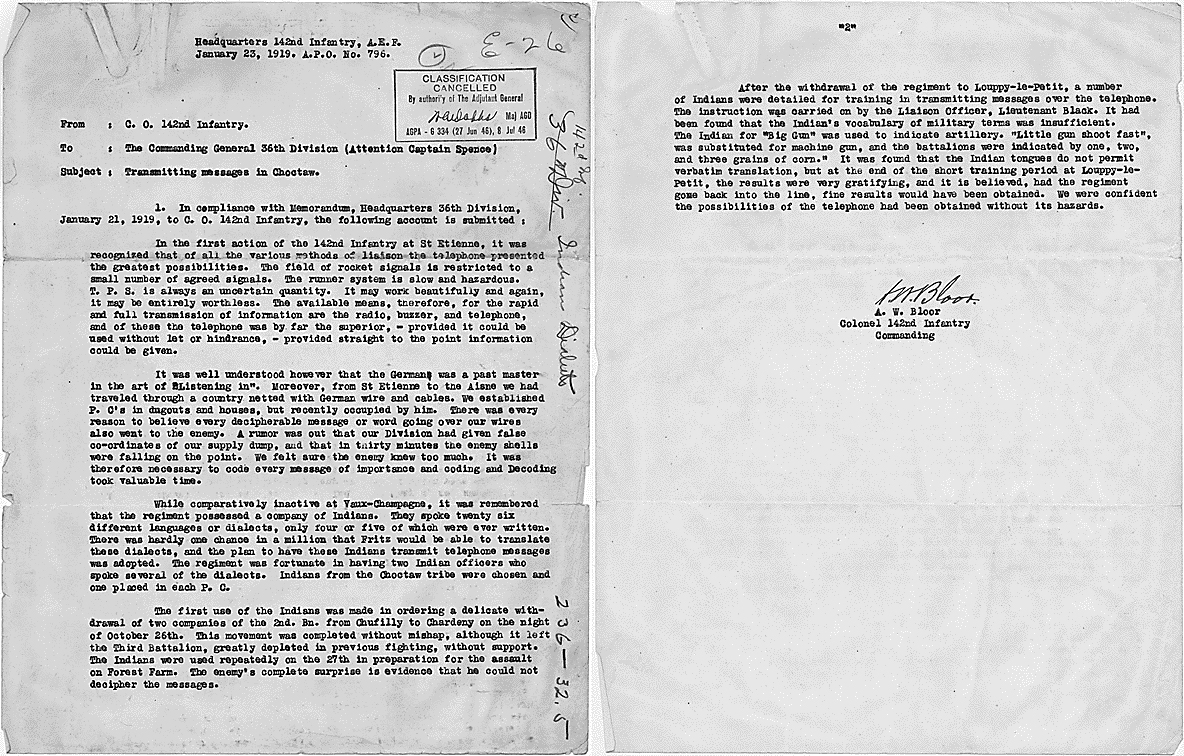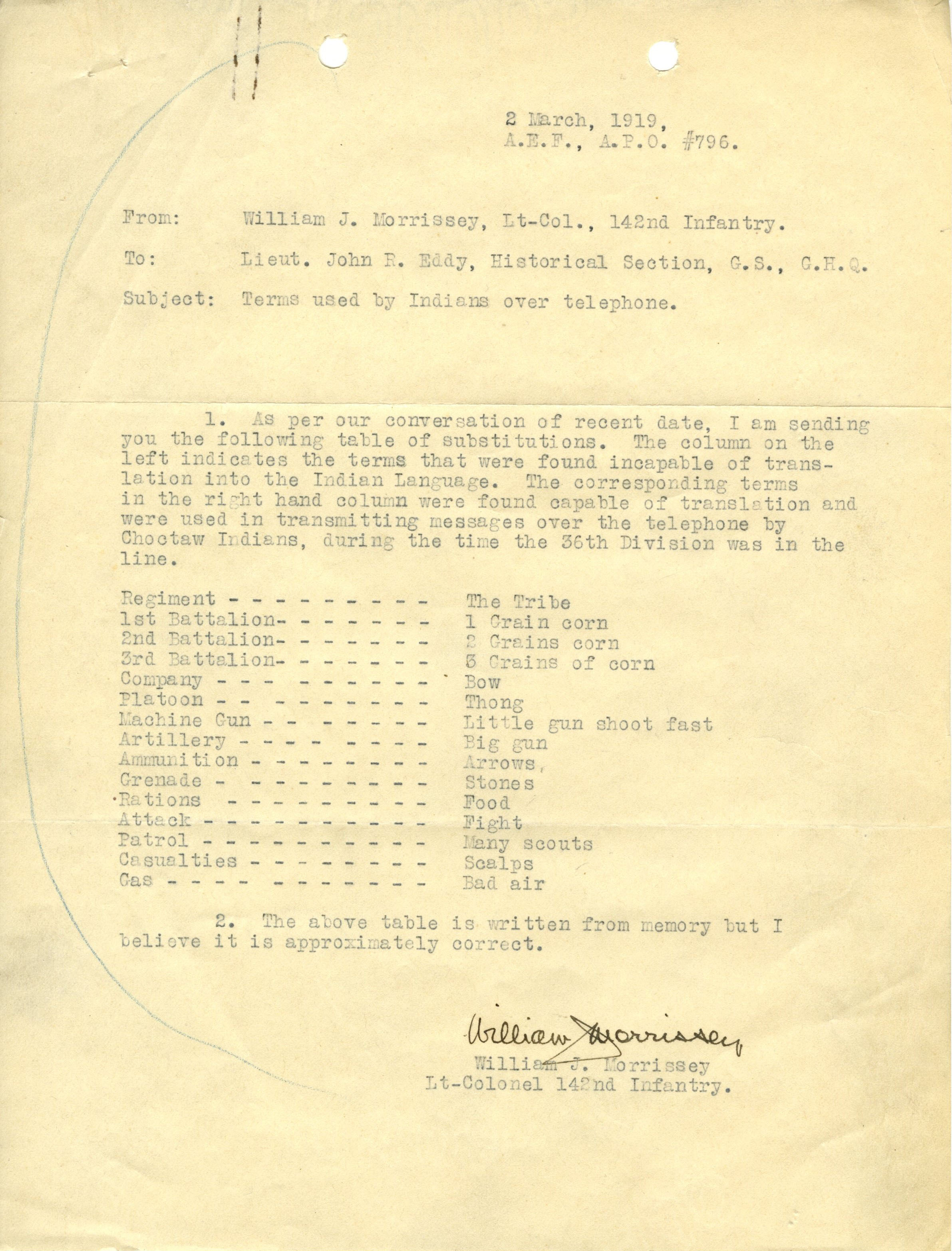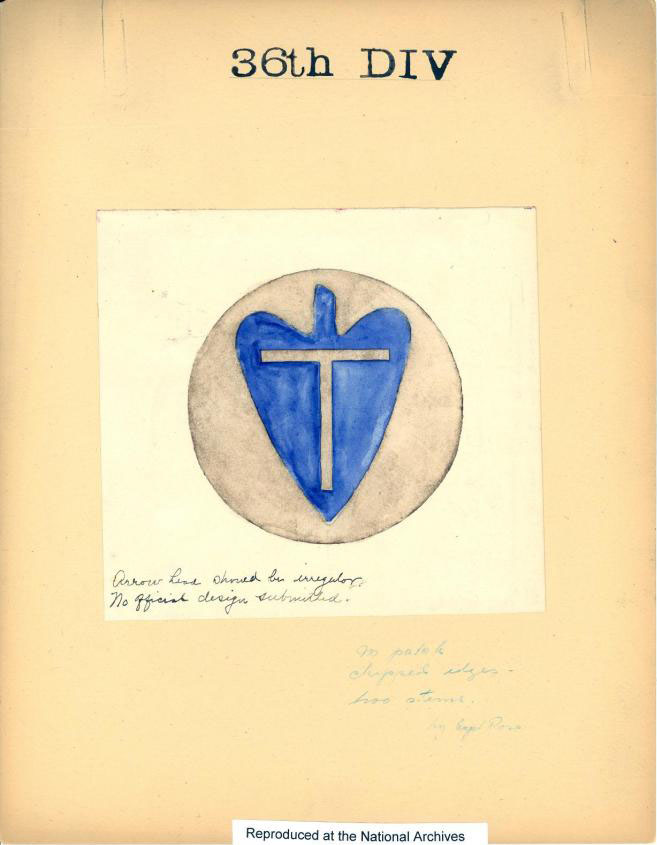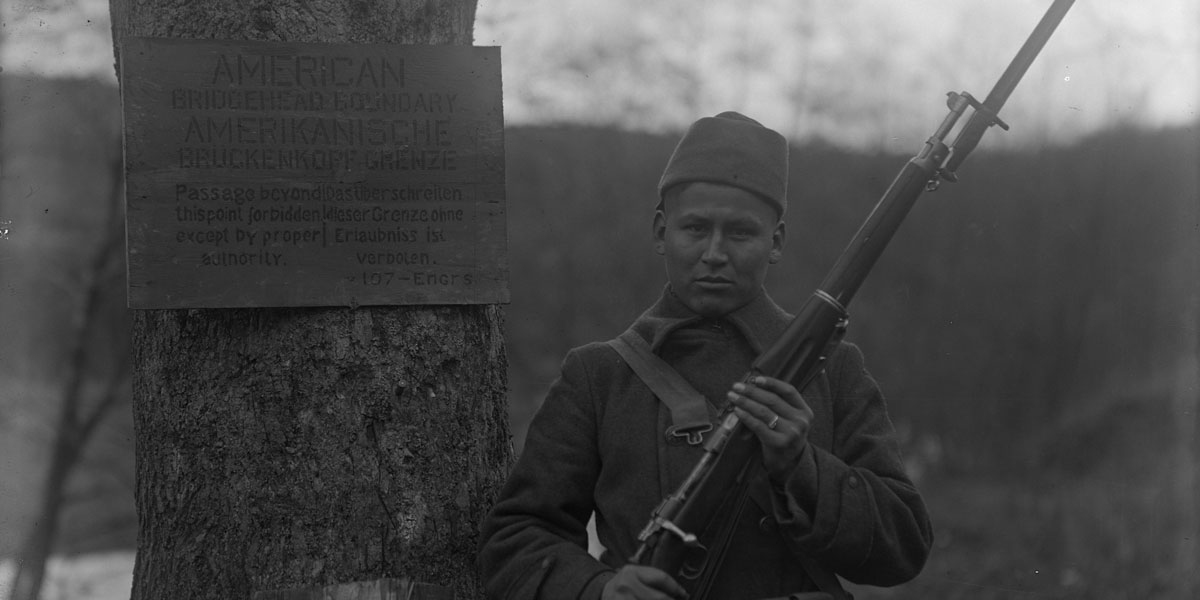
Patriotism at a cost
During World War I, an estimated 12,000 Native American soldiers served in the U.S. military, and tens of thousands of Native Americans supported the war at home by working in war industries, purchasing war bonds, and assisting in war relief efforts. American Indian soldiers were praised for their bravery at the front, but stereotypes about Native Americans as natural "warriors" led to dangerous combat assignments that resulted in higher casualty rates than those for white soldiers. On the homefront, the government justified increased loss of tribal land as a "war measure."
American Indians volunteered to serve despite a long history of discrimination against indigenous people and their traditional culture. Many Native Americans weren't even recognized as U.S. citizens. In honor of National American Indian Heritage Month and Veterans Day, these World War I records document one of the unique ways that Native American soldiers used their language and cultural heritage to serve the country.

Native American “Code Talkers” were first used to transmit encrypted messages during World War I. This 1919 memo from the commander of the 142nd Infantry Regiment, 36th Division, describes how Native Americans communicated in their indigenous languages to keep Allied plans secret. The Germans had deciphered every previous American code but never broke American Indian soldiers’ “code.”
National Archives, Records of the American Expeditionary Forces (World War I)
View in the National Archives Catalog

Native American languages lacked equivalent words for certain military terms like “machine gun” and “grenade.” This list from Lt. Col. William J. Morrisey shows how Code Talkers improvised with existing words and phrases to send coded messages. Code Talkers’ valuable service saved countless American and Allied lives at a time when the government discouraged and even punished Native Americans for speaking their native language.
National Archives, Records of the American Expeditionary Forces (World War I)

Most American Indian soldiers were integrated into divisions of the American Expeditionary Force, but a few units, such as Company E of the 36th Division, were entirely Native American. This original design for the 36th Division’s Insignia features a blue arrowhead to represent Oklahoma, where many Indian reservations were located. The valor shown by Native American soldiers secured citizenship for war veterans in 1919. The government recognized all Native American people as citizens in 1924.
National Archives, Records of the American Expeditionary Forces (World War I)
